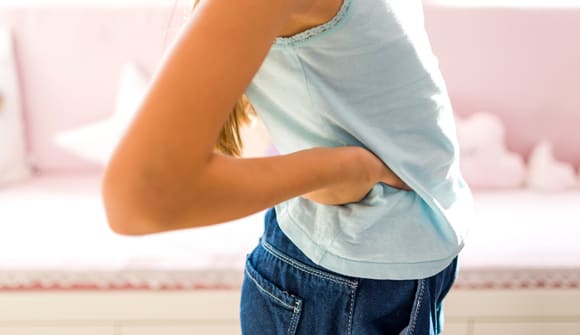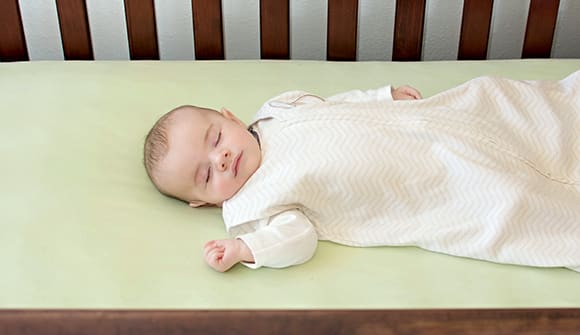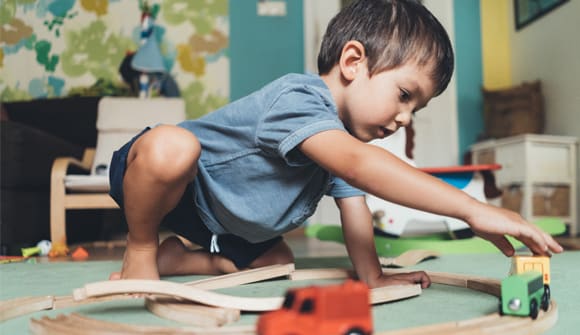Back trouble trio
The most common causes of spinal pain in kids and teens.
Article Author: Katie McPherson
Article Date:

Every adult can agree: one of the first signs you’re getting older is your back seems to always hurt. So, when your child mentions his or her own aching back, it can be surprising. But it’s true – back pain in kids and teens happens more often than you think. Here’s what one spine expert wants parents to watch for, and when they should seek care.
1. An out-of-shape spine
When it comes to teens with back pain, in most cases, they just need a little more support.
“The most common reason for back pain without some obvious cause is muscle deconditioning,” said Kevin Neal, MD, board-certified pediatric orthopedic surgeon with Nemours Children’s Health, Jacksonville, and chief of pediatric orthopedic surgery at Wolfson Children’s Hospital. “That just means patients aren’t in good shape and aren’t very flexible. This kind of back pain can be treated with physical therapy to strengthen and stretch the back muscles.”
It's time to call your pediatrician if your child’s back pain:
- Is constant rather than occasional
- Often requires over-the-counter medication to control
- Limits activity
- Makes it difficult to sleep
- Happens along with weight loss, fever, or numbness or weakness in the legs
2. A vertebral breaking point
Dr. Neal said the most common condition that brings kids and teens into his office with back pain (and a cause that can be seen on an X-ray) is called spondylolysis – an area of weakness in the back of a vertebra, usually in the lower back.
“Most of these weak areas will have been present for many years,” said Dr. Neal. “About one in 25 children has a spondylolysis, but most are asymptomatic so they don’t know it. The weak area can begin to hurt with repetitive movements like sports and typically heals well with rest, braces, physical therapy and over-the-counter medication.”
Signs your kiddo might have a spondylolysis? Watch for lower back pain with activity as well as tight hamstrings.
3. A slip in the spine
Spondylolisthesis occurs when one vertebra slips forward on another. It usually happens as a result of spondylolysis, hence the similar-sounding (and totally tongue-twisting) names. Lower back pain is also the main red flag for this condition.
“Most commonly, patients have a spondylolysis in the back of their L5 vertebra (at the base of the lumbar portion of the spine in the lower back) and the spine elongates or slips forward through the weak area,” Dr. Neal explained. “Mild cases respond well to braces, physical therapy and rest. More severe slips, where the vertebra is more than halfway off, require surgery to stabilize.”
If you have concerns about your child’s back or notice signs of any of these conditions, Dr. Neal recommended making an appointment with the pediatrician first.
"Any back pain that won’t go away should be treated. Their pediatrician will get information about their symptoms, check their back to make sure there are no signs of neurologic or spinal cord involvement, examine them to determine where and what the source of the back pain is, and decide whether X-rays are needed.”
The pediatric orthopedic providers at Wolfson Children’s Hospital, in partnership with Nemours Children’s Health, Jacksonville, specialize in interventions to treat spine pain of all kinds and get children back in class or on the field. To learn more, call 904.697.3600.



